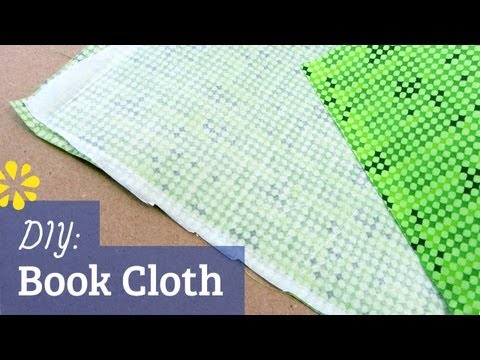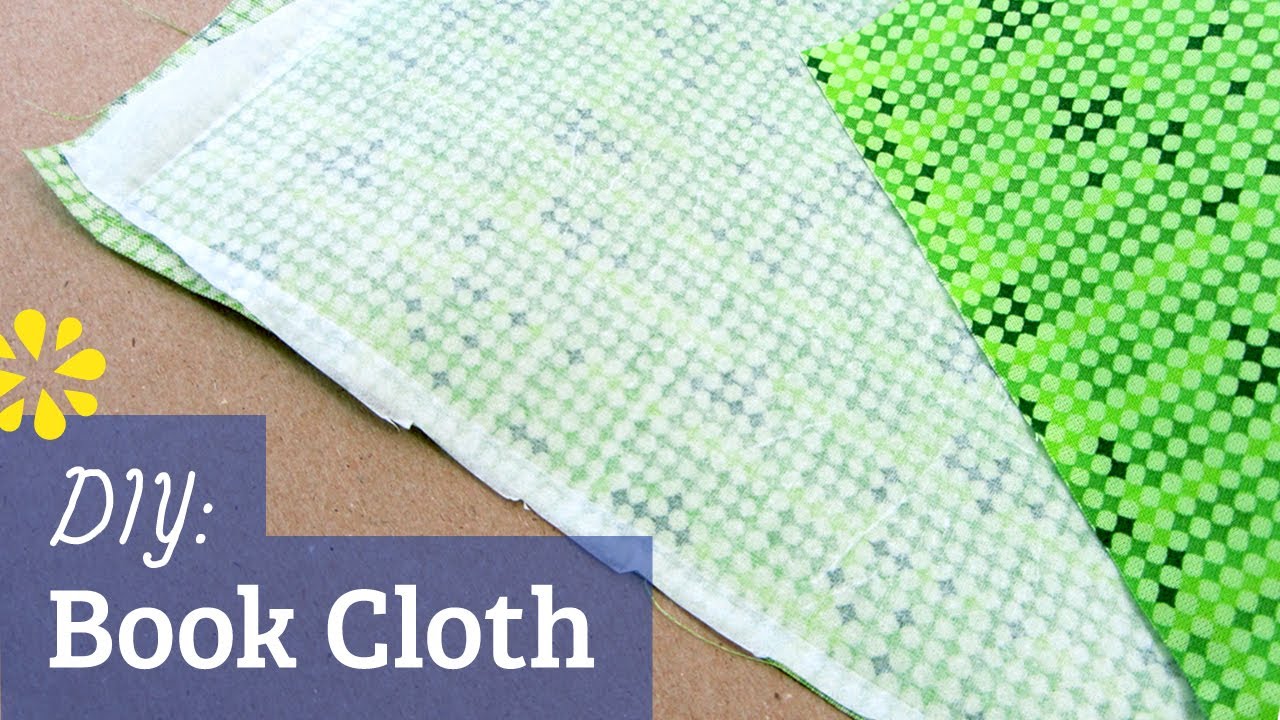Fabric is not just a material; it is a fascinating world waiting to be explored. In this captivating book, embark on a journey through the history, science, and artistry that makes textiles truly extraordinary. Discover the intricate techniques behind the creation of fabrics, from ancient looms to modern machinery, and witness the unparalleled craftsmanship of textile artisans. Unveil the secrets of natural fibers like cotton, silk, and wool, as well as the innovative wonders of synthetic materials. Delve into the diverse applications of fabric, from fashion and interior design to industrial and medical fields, showcasing its versatility and indispensability. Explore the vibrant world of textile design, where colors, patterns, and textures harmonize to create stunning works of art. With captivating anecdotes and stunning visuals, this book immerses readers in the rich tapestry of fabric, providing a deeper understanding of its significance in our everyday lives. Whether you are a fashion enthusiast, a history buff, or simply curious about the world around you, this mesmerizing exploration of fabric will enchant and educate you, forever changing the way you perceive this ubiquitous yet extraordinary material.

The Importance of Book Fabric in the Publishing Industry
When it comes to creating a visually appealing and durable book, the choice of book fabric plays a crucial role. The right fabric not only enhances the overall aesthetics of the book but also ensures its longevity. In this article, we will delve into the various aspects of book fabric and its significance in the publishing industry.
The Role of Book Fabric in Bookbinding
Bookbinding is an art that dates back centuries, and book fabric is an integral part of this process. The fabric is used to cover the book’s boards, providing protection to the inner pages while adding an element of style. Book fabric is known for its durability and ability to withstand wear and tear, making it an ideal choice for bookbinding.
Traditionally, book fabric was made from natural fibers such as cotton, linen, or silk. However, with technological advancements, synthetic fabrics like polyester and nylon have also become popular choices due to their cost-effectiveness and durability.
Regardless of the material used, the book fabric must be carefully selected to ensure it complements the theme and content of the book. The fabric can be plain or adorned with various designs, patterns, or textures to create a unique and visually appealing cover.
The Impact of Book Fabric on Book Sales
When it comes to book sales, the saying “don’t judge a book by its cover” doesn’t always hold true. The cover, including the book fabric, plays a significant role in attracting potential readers and influencing their decision to purchase. A well-designed and high-quality book fabric can be a powerful marketing tool in the publishing industry.
Book fabric that is visually appealing, tactually pleasing, and reflective of the book’s content can pique the interest of potential buyers. It conveys a sense of professionalism and attention to detail, making the book stand out among others on the shelf. Furthermore, a durable and well-crafted fabric cover gives the impression of a high-quality book, increasing its perceived value.
The Importance of Book Fabric in Book Preservation
Preserving books for future generations is a primary concern for libraries, collectors, and book enthusiasts alike. Book fabric plays a vital role in this preservation process by protecting the book’s inner pages from external elements such as dust, moisture, and sunlight.
High-quality book fabric is designed to be acid-free and pH-neutral, preventing it from yellowing or deteriorating over time. This ensures that the book remains in excellent condition, allowing future generations to enjoy the same reading experience.
Additionally, book fabric acts as a barrier against physical damage, such as scratches or tears. It provides an extra layer of protection, prolonging the life of the book even with frequent use.
The Future of Book Fabric
As technology continues to advance, the publishing industry is constantly evolving. This evolution also extends to aspects such as book fabric.
With the rise of e-books and digital publishing, the demand for physical books has slightly decreased. However, there is still a significant market for printed books, and the importance of book fabric remains unchanged.
Today, book fabric is being experimented with in terms of new materials, designs, and techniques. Innovations such as eco-friendly fabrics made from recycled materials or fabrics embedded with RFID tags for tracking purposes are being explored.
While the future of book fabric may hold exciting advancements, its significance in the publishing industry will continue to be crucial, both in terms of aesthetics and book preservation.
In Conclusion
Book fabric plays a fundamental role in the publishing industry, impacting bookbinding, sales, and preservation. The right choice of fabric can enhance the visual appeal of a book, attract potential readers, and protect it from external elements. As the publishing industry evolves, book fabric continues to adapt, ensuring that physical books remain an essential part of the reading experience.
Crafting Your Own Book Cloth: Unleash Your Creativity with Sea Lemon!
Book Fabric
Book Fabric Comparison
| Book Fabric | Description | Advantages | Disadvantages |
|---|---|---|---|
| Linen | Linen fabric is made from the fibers of the flax plant and is known for its natural, earthy texture. It has been used for centuries in bookbinding due to its durability and aesthetic appeal. | 1. Exceptional strength and longevity 2. Breathable and resistant to mildew 3. Smooth and luxurious feel 4. Offers a classic, timeless look |
1. Prone to wrinkling 2. Can be expensive compared to other fabrics 3. Requires special care to maintain its appearance |
| Leather | Leather is a widely favored book fabric due to its elegance and sophistication. It is made from the hide of animals, typically cowhide, and is renowned for its durability and distinctive aroma. | 1. Unparalleled durability and resistance to wear 2. Soft and supple texture 3. Ages beautifully, developing a unique patina 4. Provides a luxurious and premium look |
1. Costlier than other fabric options 2. Requires regular conditioning to prevent drying or cracking 3. Prone to scratches and marks |
| Cotton | Cotton fabric is a versatile option for bookbinding, known for its softness and breathability. It is made from natural cotton fibers, providing a comfortable reading experience. | 1. Soft and gentle on the hands 2. Lightweight and easy to carry 3. Offers a wide range of color and pattern choices 4. Affordable and readily available |
1. Less durable compared to linen or leather 2. Prone to staining and fading over time 3. Requires frequent washing to maintain cleanliness |
| Silk | Silk fabric is synonymous with luxury and opulence. Although not commonly used in bookbinding, it can add a touch of elegance to special editions or collector’s items. | 1. Luxurious and silky smooth texture 2. Reflects light beautifully, enhancing visual appeal 3. Available in a wide array of vibrant colors 4. Creates a unique and captivating reading experience |
1. Extremely delicate and prone to fraying 2. High cost and limited availability 3. Susceptible to staining and damage from moisture 4. Requires delicate handling and careful maintenance |
Note: Always consult with a professional bookbinder or conservator to determine the most suitable fabric for your specific bookbinding project.

